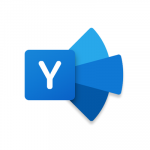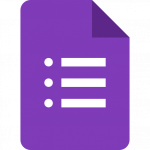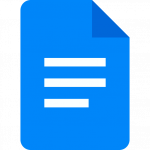Muddiest Point
The Muddiest Point strategy is a quick way to hear what ideas are still unclear to your students. Determine what information you want to get from students and ask them specifically about that topic. Then give students a few minutes to jot down what is still unclear at the end of a lesson. Review their responses live or after class and address the misunderstandings and reinforce the understandings of your students. This can be collected with names on the papers to provide individualized feedback or without names to allow for more anonymity.
Tools to Consider Using
- Paper and pencil (in person)
- Shared Google Doc (in person and online) – anonymous responses
- Google Form (in person and online)
- Jamboard (in person and online) – anonymous responses
- Canvas assignment – text entry response (in person or online)
- Top Hat – assign long answer question type (in person or online)
Evaluation: Review responses live or after class and address the misunderstandings and reinforce the understandings of your students.
At a Glance

timerClass Time Requirements: < 10 Minutes
timerPreparation Time: Low
Bloom’s Levels:
Learn more about Bloom’s Taxonomy.
 VoiceThread
VoiceThread
 Viva Engage (formerly Yammer)
Viva Engage (formerly Yammer)
 Top Hat
Top Hat
 Piazza
Piazza
 Perusall
Perusall
 Nearpod
Nearpod
 H5P
H5P
 Google Forms
Google Forms
 Google Docs
Google Docs
 Google Assignments
Google Assignments
Reflective Learning

